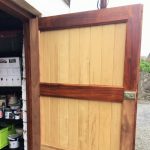- Home
- Kitchens
- Period houses
- Exteriors
- Interiors
- Furniture
- Blog
- Gallery
- Period houses gallery
- Bathrooms gallery
- Bathroom units gallery
- Bedrooms gallery
- Bedroom furniture gallery
- Ceilings, cornice, ceiling rose and coving gallery
- Doors gallery
- Exterior houses gallery
- Halls, stairs and landings gallery
- Kitchens hand-painted gallery
- Kitchen cabinets gallery
- Living and dining rooms gallery
- Living room units gallery
- Wallpaper hanging gallery
- Windows gallery





